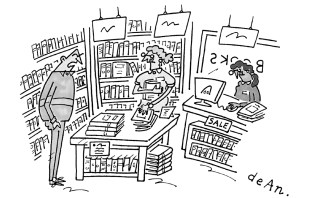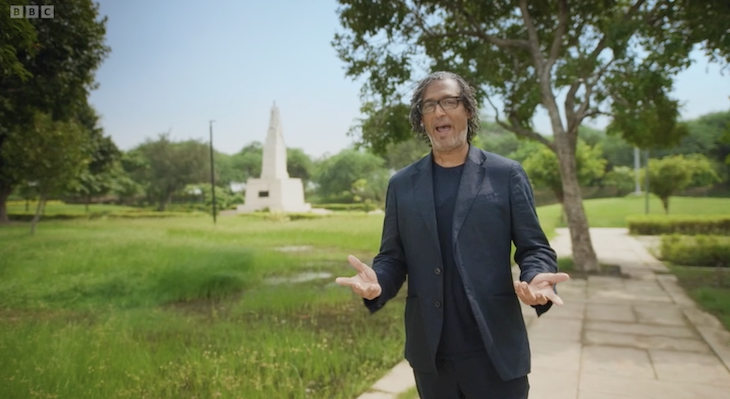
This is a remarkable book by a remarkable man. Based on the Coromandel coast at Chennai in south-eastern India, Yuvan Aves is an active naturalist and an ardent activist. Still in his twenties, he teaches outdoor classes, he campaigns and he notes down the movements and habits of invertebrates, birds and fauna in his local wetlands and littoral. All his observations and the wider thoughts on ecology that make up Intertidal are given added heft and poignancy by the searing account of his childhood which begins the book.
His father was a philandering no-hoper whom his mother left for another man. That man was even worse. He took against the young Aves and subjected him to regular beatings, forcing him to scrape the blood from the walls when visitors were coming. Aged 16, Aves ran away, and was adopted by a residential school where he began the process of healing. Nature was his chosen cure, ‘recasting my suffering into life-driving energy’.
The greater part of Intertidal is made up of daily recordings – the ghost crabs and fiddler crabs scuttling on the foreshore, the seabirds and waders, the migration routines of the crimson rose butterflies and the tawny coster, the sweat bees and carpenter bees. There are also sights more familiar to those of us in the UK: egrets and sanderlings, plover and peregrines.
But the most abundant species of his immediate area is, according to Aves, none of these creatures. It is the IT professional. For all its biodiversity, the rich mixing of river silts and marine currents, Chennai is a swelling mass of population, commerce and industry. The air and water are made toxic by petrochemical plants. Once a region of extensive wetlands, the city is now reduced to buying in clean water from other states. It is also under threat from rising sea levels.
Although Aves is involved in many of the attempts to resist the steady shrinking of habitats, his motivation in these notes remains less political than natural. He is a practised gazer. In January he spends two hours a day peering into an old cattle trough, studying dragonfly nymphs and the eggs of the cricket frog as they turn into tadpoles – ‘like 100 tiny commas suspended’. In February, it’s three hours of daily spider-watching. Being a naturalist for Aves is ‘not a profession, but a constellation of values, a worldview, a way of living consciously emplaced in a multi-being world’. He champions attention, that quality of focus that aims to span Cartesian separation in order to re-engage our primal context – the land around us, its multitude of living things and hidden process.
Much of his time is spent teaching, taking classes out along the strand, into the hinterland of surviving habitats. The rewards of such ‘nature-based pedagogy’ are often indirect. ‘Observing keenly,’ he believes, helps to sharpen critical thinking. His students were instrumental in preventing the building of a megaport in a nearby lagoon, and his fellow teachers notice that those pupils taking outdoor classes become much more engaged in other subjects. Outside, gathered in the wild to learn about nature, the children also mix freely; in the confines of the classroom, he observes them sitting according to the automatic segregations of caste.

Aves’s knowledge of the natural world is formidable – a fund of facts that would take someone less intensely attuned a lifetime to accrue. But what raises his writing above the level of simple record is vision: a sense that identification – distinguishing one species from another – is less important than studying the links between them. The message he brings is that of all the best conservationists: a biosphere characterised by its web of relationships, a world defined by latent connection.
Such a view is here demonstrated by an abundance of metaphor. Pelican flight formations flow like ice; immiscible ocean currents are giant eels; wild banana plants are likened to fungi or octopus or angler fish, ‘resisting our language and comprehension’. More than mere flourishes, Aves’s comparisons accumulate, achieving comprehension through analogy. The natural world that opens up is a place where one thing corresponds to another, where pattern and process recur, where revelation is as much aesthetic as scientific.
Like its subject, Intertidal benefits from close reading. Detailing the organisms of a small area of the Indian coast involves much that may not be familiar; the battles to protect them from development may have their own regional character. But what Aves gives us is a microcosm: in the local – in a compost heap filled with pennant ants, in the miniature world of his ‘tadpole tank’ – is contained the plight of the whole planet.







Comments